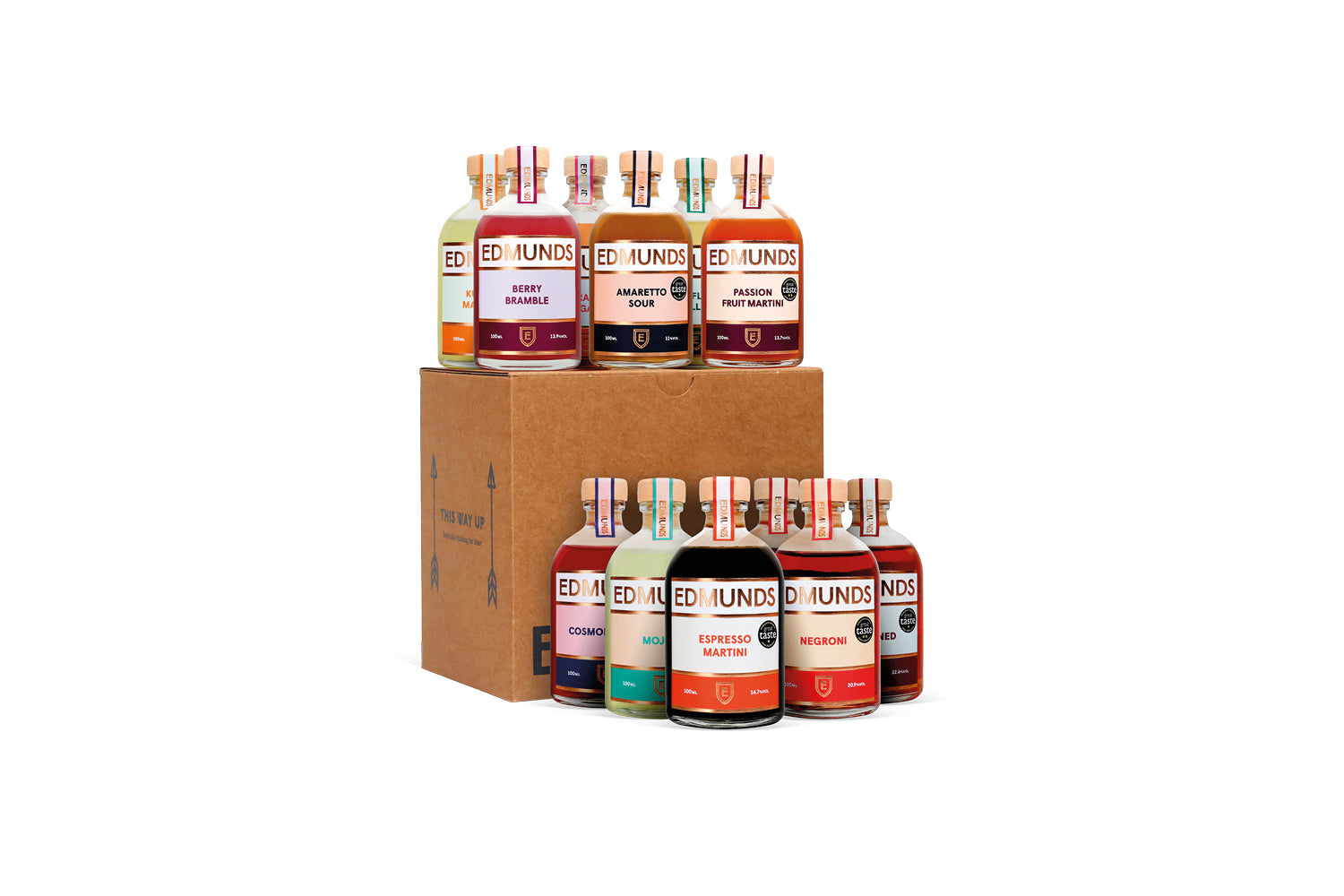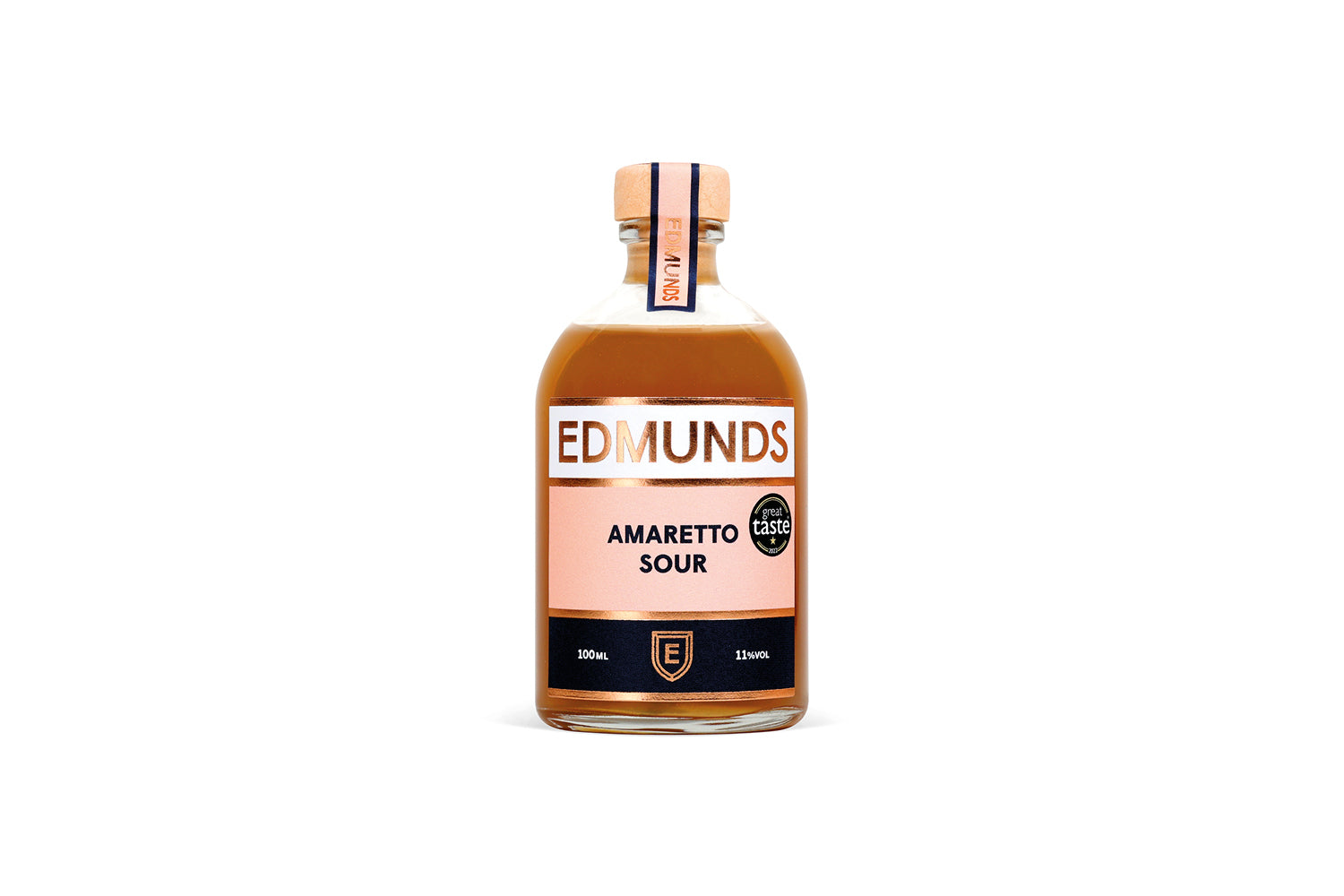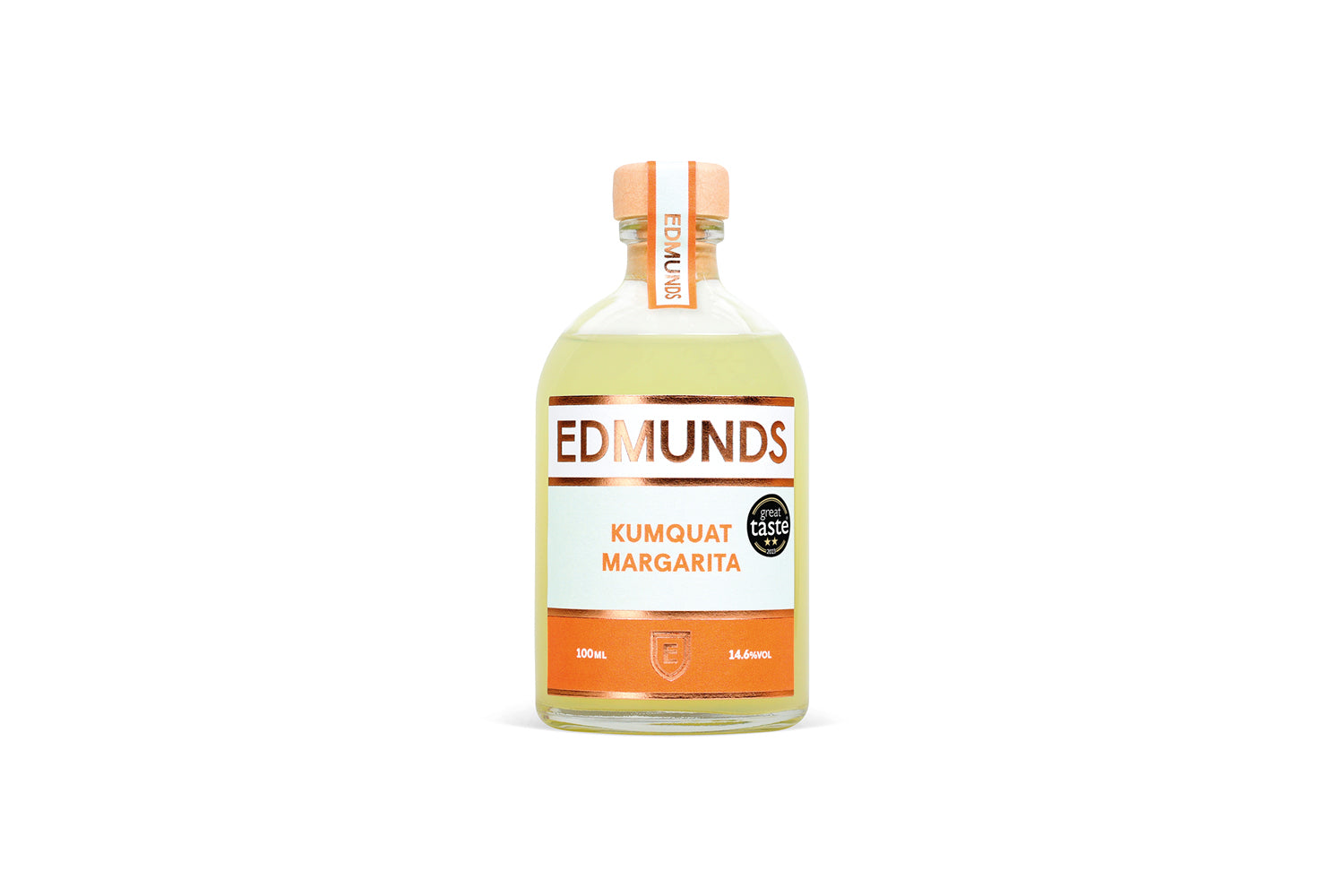There’s something about the run up to Christmas. Don’t listen to the naysayers who complain that the festivities kick off earlier every year. Truth is, the relaxed post-bonfire-night/ pre-Advent slump, when autumn slides gently into winter, is a time for unapologetic self-indulgence.
Too early to stress about gift-giving but with plenty of time to enjoy a dry run of festive sampling (think: supermarket mince pies, tubs of Quality Street and pigs-in-blankets) ahead of the big day. It’s – almost – the most wonderful time of the year.
Finding flips
It’s also the perfect excuse to break out the kind of cosy, old-fashioned cocktails, like eggnog, that often feature in stateside romcoms where the hero shrugs off the cynicism of big-city living before embracing the heart-warming comforts of a small-town community.
However, although nogs and flips feel very American – apparently George Washington made injudicious quantities of egg-based cocktails every Christmas – their origins lie in early seventeenth-century Britain. Flips likely started out as warming drinks combining beer with a mixture of rum or brandy, sugar and egg, heated with a poker straight from the fire.
Dickens loved a flip – of course he did, the original bon viveur – and makes mention of them in his 1861 novel Great Expectations, when he describes Pip’s last evening at home before leaving for London:
‘I dressed myself out in my new clothes, for their delight, and sat in my splendour until bedtime. We had a hot supper on the occasion, graced by the inevitable roast fowl, and we had some flip to finish with. We were all very low, and none the higher for pretending to be in spirits.’
Nogs and noggins
While in Britain flips were usually served hot, by the late 1800s US bartenders were creating cold versions, omitting the ale and instead combining icing sugar with spirit, water, egg yolk and nutmeg, before shaking with ice.
To the undiscerning eye, flips and nogs appear almost interchangeable, but nogs differ in that they also contain milk and/or cream. Possibly named for the Old English term to describe a small cup – or ‘noggin’ – the first eggnog was likely a spirited version of a posset – a kind of ale-based punch that was being consumed by monks as far back as the thirteenth century*.
Brits probably substituted the ale for sherry but by the time it reached the US, spirits like rum, rye whiskey and brandy were being used, instead. Eggnog still has a party-punch vibe and can be prepared and served in a punchbowl either hot or cold.
Ready-to-serve Christmas
It didn’t take long for eggnog to become available as a bottled, ready-to-serve drink – in the US, at least. Here in Europe, the Dutch version of eggnog – advocaat – became the go-to party staple in the 1970s.
Paired with lemonade – or with sparkling wine for the uber-sophisticated – to create the ultimate Christmas cocktail, the snowball, advocaat was ubiquitous for about a decade. Amid the current obsession for all things mid-century kitsch, it’s probably only a matter of time before this cocktail regains its festive crown.
If you prefer your cocktails egg-free, though, there are still plenty of contemporary holiday favourites to tempt festive partygoers this season. You can’t go wrong with a glass of something fizzy – think Mimosas and Bellinis, for instance.
But if you want to make life even easier – and tastier – it’s worth checking out Edmunds’ Christmas Collection. This specially selected box of 12 pre-made, bar-quality cocktails is the ultimate low-effort crowd-pleaser – simply shake, serve and garnish, then sit back and let the compliments roll in.
*If our research has taught us anything, it’s that it’s statistically probable that most of the alcoholic beverages we enjoy today were created either by monks, sailors or Ernest Hemingway.










































































